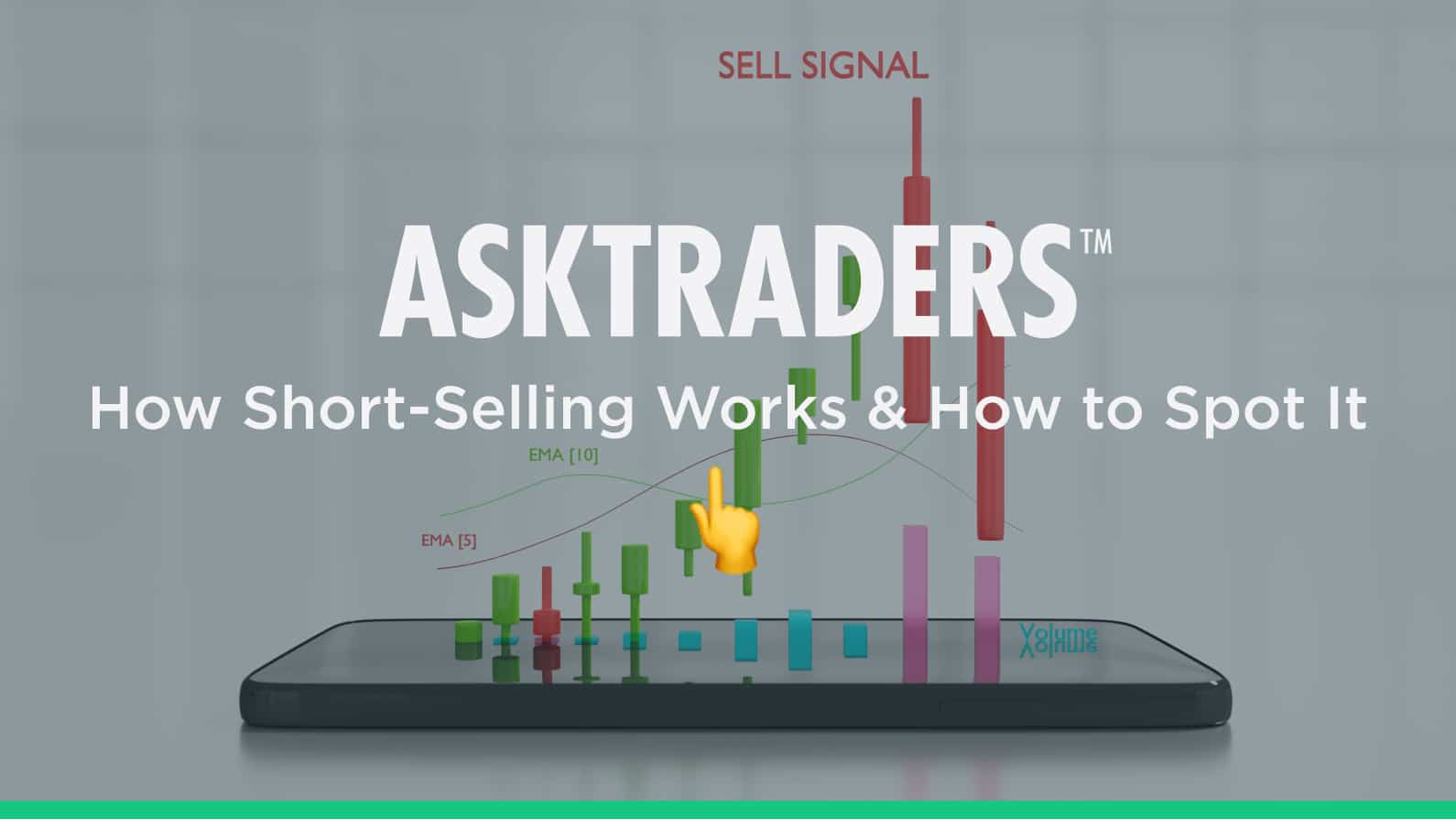A short squeeze occurs when a stock’s price rises unexpectedly, pressuring short sellers (those betting on the price falling) to buy shares to limit their losses. Their buying pushes the price up even more, which can attract bullish traders, fuelling a rapid cycle of buying. This chain reaction can start from a relatively small price increase.
A key factor in short squeezes is high short interest, meaning many traders have short positions in the stock. To significantly boost the price, multiple short sellers need to buy shares to cover their positions. Short squeezes are often brief and end once short sellers either cover their positions or stop buying to limit further losses.
Why Identifying Short Squeezes Is Important
Short squeezes are unique trading events that require special attention because they work differently than typical price breakouts. These events can push stock prices much higher than usual, often above previous support levels and if you are not aware that your position is involved in a squeeze, you can easily get caught out.
For those in a bullish position, staying too long in a short squeeze could mean a sudden and steep drop back to support levels. It’s essential to watch the reasons behind the price movement and consider how long the momentum might last.
For short sellers, short squeezes need careful handling. What might seem like an ideal price to short can quickly rise, forcing you to buy back shares at a loss to close a position sooner than expected.
Short squeezes bring extreme price swings that create both opportunities and risks, demanding a more cautious approach than standard breakouts.

When is a ‘Squeeze’ Not a Squeeze
Short squeezes and breakouts might look similar, with both pushing prices higher, but they operate on entirely different principles. We have a separate guide on identifying breakouts that might be useful to you here. Here’s what sets them apart and how to identify a squeeze in action, and some simple rules on separating a squeezing stock from one making a breakout.
| Short Squeeze | Breakout |
|---|---|
| Frenzied Upward Movement | Stable Gains and Lasting Highs |
| Happens when short sellers scramble to cover their positions, sparking a rapid price rise that draws bullish traders into the mix. This rush creates chaotic, high-volatility price action with a distinct peak before prices typically fall back down to where the squeeze began (or close to it). Since a squeeze depends on limited short positions, the momentum is intense but short-lived. | Occurs when a stock pushes past a resistance level and holds at this new, higher price, supported by strong buying volume rather than short sellers covering. Once the breakout stabilizes, prices often remain elevated, surpassing former resistance with more consistency and less volatility than a squeeze. |
Interplay Between Short Squeezes and Breakouts
Interestingly, these two phenomena can fuel each other. A short squeeze might break through a resistance level, resulting in a breakout with sustained gains.
Alternatively, a breakout could make short sellers nervous, spurring them to cover positions and sparking a squeeze.
Recognizing a Short Squeeze: Key Indicators
Short Interest Check
The groundwork for any squeeze is high short interest. Stocks with a high ratio of short interest to average daily volume, known as the “days to cover” ratio, are particularly prone to squeezes. A ratio above five days suggests high potential for a squeeze but paying attention to the total % of float shorted, and the cost to borrow are other important factors to note.
Float Size Matters
A stock with a limited public float—fewer available shares—can make it tough for short sellers to cover, escalating the odds of a squeeze. Whilst it is not impossible for a large float stock to squeeze, one with a lower float are often harder to come by, potentially causing greater impetus. Low-float stocks tend to be highly volatile, with even minor buying pressure potentially triggering a squeeze. A glance at the % of float held by insiders and institutions can provide some useful information about the remaining stocks that are likely to be freely traded.
High Volatility or Volume
If a stock shows heightened volatility with a high days-to-cover ratio, it could signal that short sellers are gearing up to cover, potentially igniting a squeeze. Volume increases could also hint at short covering, or pressure that may ignite short covering. Watch for sudden surges in volume, as this could mean that short sellers are closing positions. However, keep in mind that volume spikes also occur in bullish breakouts.
Catalyst Events
Identifying what’s driving price movements is crucial. A positive earnings report or unexpected industry news can generate bullish momentum without a short squeeze. But if shorts were betting on negative news, an unexpected positive event could kickstart a squeeze.




